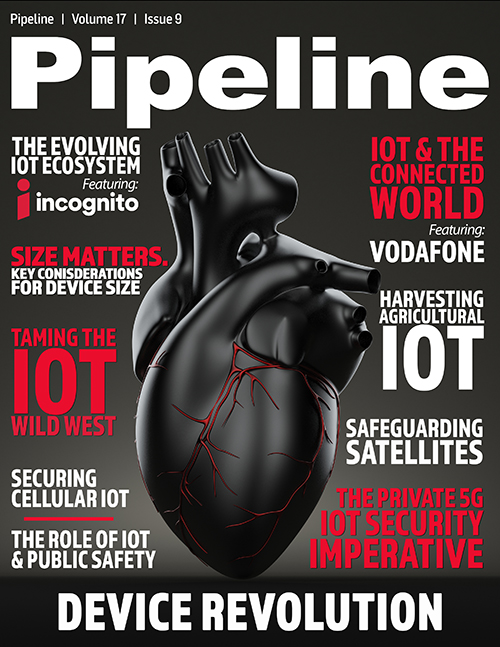Safeguarding Satellites for a Generation
Network security, as defined by TCG, enables all communications to be authenticated before being sent up to the satellite. This enables ground-based infrastructure to become effective firewalls, capable of preventing the attacks that can prove deadly to satellite operations. Despite high volumes of traffic, the satellite will ignore any communication that remains unauthenticated. This prevents satellites from being taken control of by ingenuine traffic and ensures satellite networks meet compliance requirements, have access control, and offer orchestration. With encryption at a network level, all data is also protected while traveling around the satellite system.
Industry-wide protection
Practical solutions rely on a root of trust, which is a concept and component that has been developed by TCG. A root of trust provides a foundation for the device and can be used to keep the system secure for a wide range of applications. A root of trust allows for the device’s authenticity and status to be comprehensively validated at any stage throughout the device’s lifecycle. This measure is a key aspect needed for satellite security, as it is responsible for the protection, generation, and storage of a cryptographic device identity, which is essential for the authentication and validation process.
With the implementation of proper definitions, architectures and guidance, satellites can be protected throughout their entire lifetime. For example, the new Cyber Resilient Module and Building Block Requirements specification from TCG allows satellites, and any devices in the system, to protect themselves and be recovered following an attack. As the number of satellites in orbit rises, it will become extremely difficult to manually intervene when one has been compromised. Instead, satellites must have the ability to self-protect and respond to attacks independently. With in-built resiliency using the steps outlined in the specification, the sector has another valuable tool with which to fight against any security risks.
As part of this, the Cyber Resilient Technologies Work Group (CyRes) at TCG has designed the concept of a Cyber Resilient Module. This can be implemented in many forms, either as part of a chip within the main hardware of the device, or as part of a subcomponent installed within a larger, more complex system. The module can recover successive layers of software and individual components within the device, through the servicing of code and the configuration of multiple layers sequentially. As a result, there are several options that can be used to assist with the recovery of a satellite and its infrastructure remotely. Not only does this reduce time and cost, it also provides a new level of assurance that will prove crucial for the satellite industry. It is currently impossible for manual intervention to be made to satellite craft once launched into the sky, but thanks to advancements in technology, this is no longer a limitation.
Satellite security must be a priority
Satellite cybersecurity is now an imperative, with the world dependent on thousands of satellites acting as the central system for governments, militaries, and businesses worldwide.
Satellites support thousands of networks globally and carry huge amounts of sensitive, personal data. As demand for more connectivity and bandwidth grows, we can expect to see the number of satellites deployed increase, too. This opens the door for more vulnerabilities to crop up and creates potential opportunities for hackers. In response, the satellite industry must step up its cybersecurity responsibilities and protect the multitude of systems and sensitive information now dependent on systems in the sky.
To do this effectively, organizations of all shapes and sizes must implement the security solutions, specifications, and technologies that offer the best way of securing, protecting, and recovering all devices within the satellite ecosystem. This will give businesses, governments, and militaries a great defense against hackers and help them to avoid the heavy financial losses or fines that are common due to data leakage and cyberattacks.



















